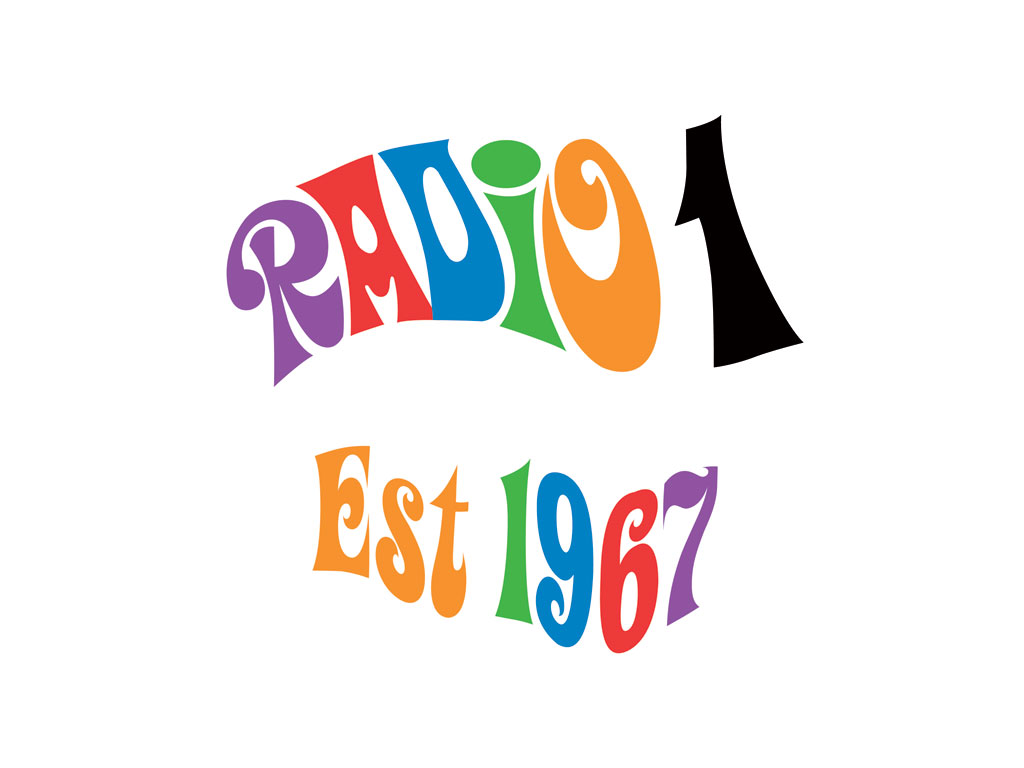Historical, social and cultural contexts
1) Before 1967, the BBC supplied three radio stations: BBC Radio Home (1939-1967), BBC Radio Light (1945-1967) and BBC Third (1946-1970). BBC Radio Home offered education programmes and news which were mainly speech-based, and was later replaced by Radio 4. BBC Radio Light broadcasted predominantly light entertainment (comedy / drama) and music, and was then replaced by Radio 2. BBC Third provided intellectual arts-based talk and music, however it later became Radio 3.
2) In September 1967, BBC radio was reorganised due to the realisation that their content did not appeal to the growth market of younger audiences. On 30 September 1967, the Light Programme was split into Radio 1 which provided listeners with continuous "Popular" music and Radio 2 for more 'Easy Listening'. The "Third" programme became Radio 3, offering classical music and cultural programming. The Home Service became Radio 4 which presented news and non-musical content such as quiz shows, readings, dramas and plays.
3) Pirate radios were stations which produced informal, relaxed music, such as pop, outside of the control of regulators. This was due to a large change in attitude towards music and youth culture from young people in the 1960s. This was popular as the BBC did not provide this themselves and so many younger people turned towards pirate radio stations, as they suited their interests much more.
4) In 1967, the Marine Broadcasting Offences Act officially outlawed pirate radio stations. The Government had closed the legal loophole which allowed these stations to continuously broadcast and gather a British audience of 10 to 15 million. This meant the audience had no other alternative but to go to Radio 1 if they wanted to listen to popular music.
5) After the shutdown of pirate radio stations, many of the pirate station DJs were then employed by BBC Radio 1, which meant that they brought along many of their loyal listeners with them. Radio 1 also developed better content more suitable to their target audience, helping them increase their popularity.
6) 'Needle Time' was the restriction of the amount of recorded music that could be transmitted by the BBC during the course of any 24-hour period. It was introduced in 1967 and meant that they could only play five hours of music per day. However, this was a problem for the BBC due to the fact that pirate stations did not have these restrictions imposed on them because the law was difficult to apply offshore - and so they could play more music for longer intervals of time. They were, therefore, more popular with young people than the BBC.
7) BBC Radio 1 attempted to mirror the content of pirate radio stations, and however unsuccessfully they did this, it made them stand out from their previous radio stations by providing music which were more trendy and appealing to young people or teenagers at the time.
8) The first presenter for BBC Radio 1 was Tony Blackburn. The new Radio 1 DJs initially caused upset at the traditional BBC as they wore casual clothes, spoke informally and had comedic voices and strange catchphrases - which was utterly unlike the newsreaders who would dress formally and speak with refined mannerisms.
9) Tony Blackburn's broadcast may have appealed to younger audiences as he was young himself, and could therefore engage and connect with people within or around his own age range. He speaks in a chatty and informal manner, another reason as to why it appealed to younger audiences so much.
10) Tony Blackburn's radio show was relaxed, informal, casual and not traditional unlike previous content provided by the BBC. These were all conventions taken away from pirate radio stations as they were what made the younger 1960s audience so attracted to it.
Audience and Industry
1) The target audience for BBC Radio 1 in 1967 was young people who were listening to pirate radio.
2) Radio 1 initially struggled to attract a younger audience as they were not seen as "cool" or "trendy" due to the fact that the BBC stood for traditional, conservative values which did not interest young people.
3) In 1967, Radio 1 offered listeners multiple audience pleasures, such as: personal identity, diversion/entertainment and information/surveillance. This is because listeners may be able to relate and engage with the DJs, who were within the same age range as them, whilst simultaneously providing a sense of escapism from the real world. It also provided news and reports, therefore educating their targeted audiences as well.
4) The BBC is funded through the annual TV licence fee, which is charged to all British households, companies and organisations which use any type of equipment to receive or record live television broadcasts or watch using iPlayer.
5) In terms of Stuart Hall's Reception theory, the preferred readings for BBC Radio 1 in 1967 may be that it is an enjoyable and great source of entertainment specifically for young people, as they were similar to the popular pirate radio stations and they allowed listeners to listen to a large range of music of their liking. The oppositional readings may be that they were too formal and traditional, therefore not having the same impact on young audiences as the pirate radio stations did. They did not implement the pirate radio style in a successful manner, and were instead seen as conventional and upheld many conservative principles.




No comments:
Post a Comment